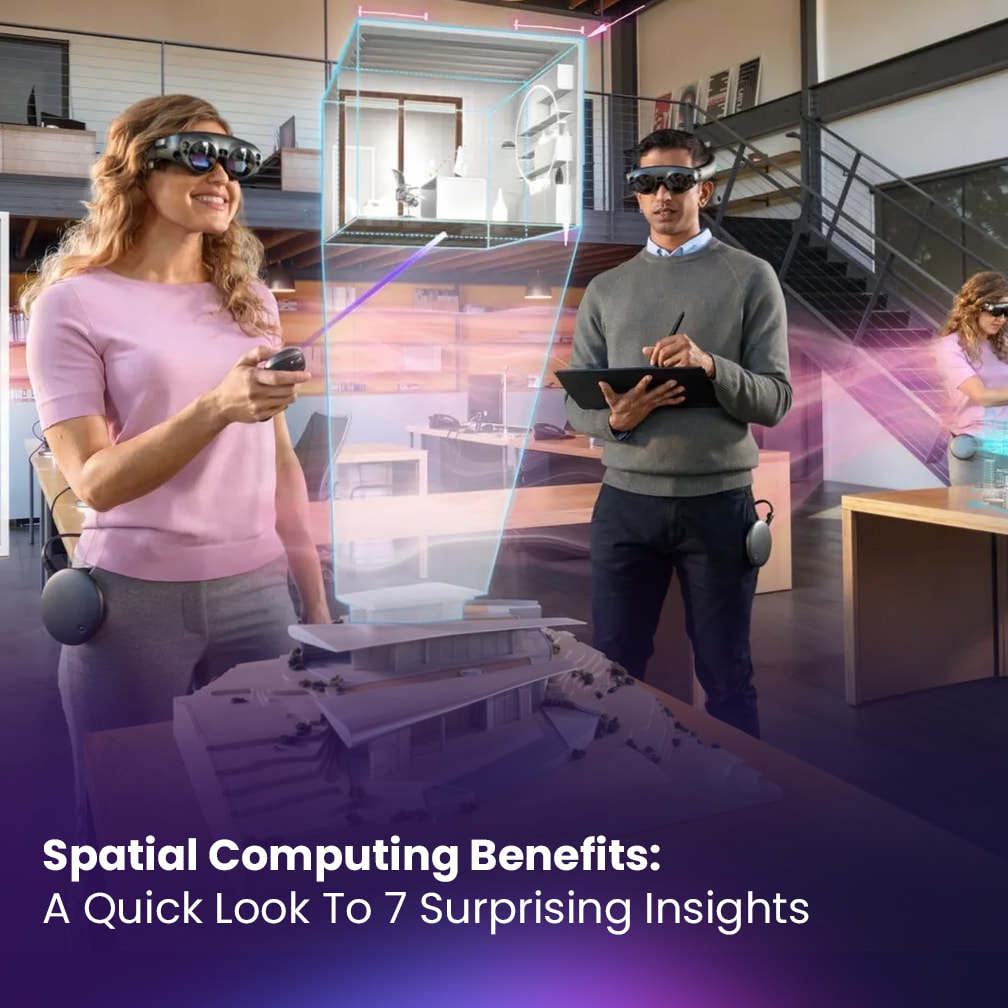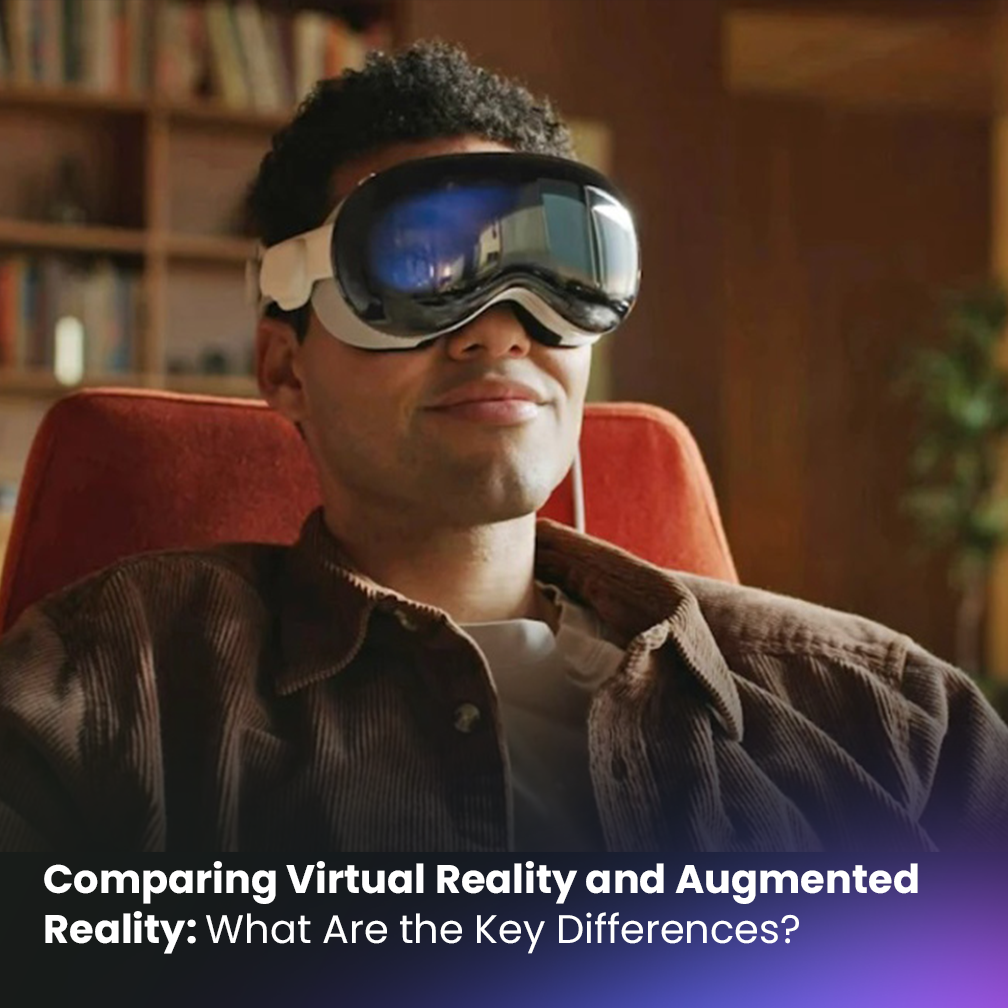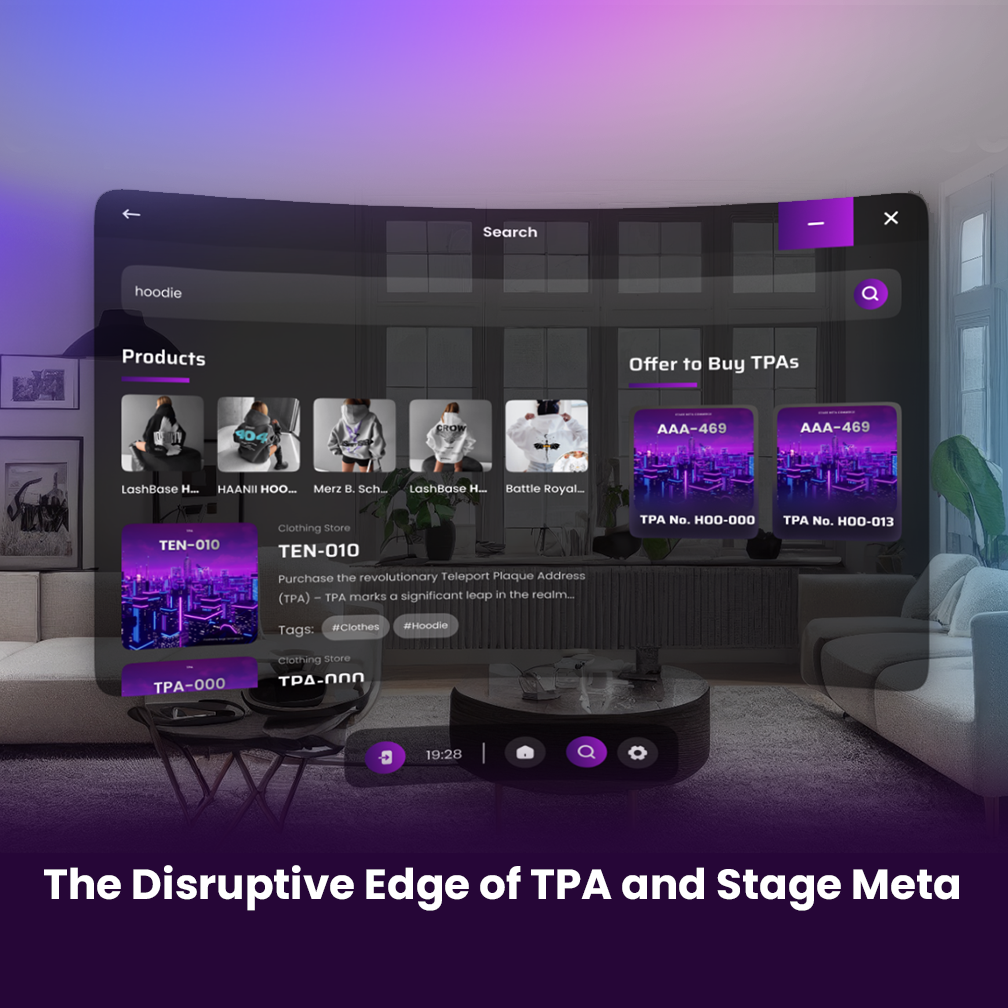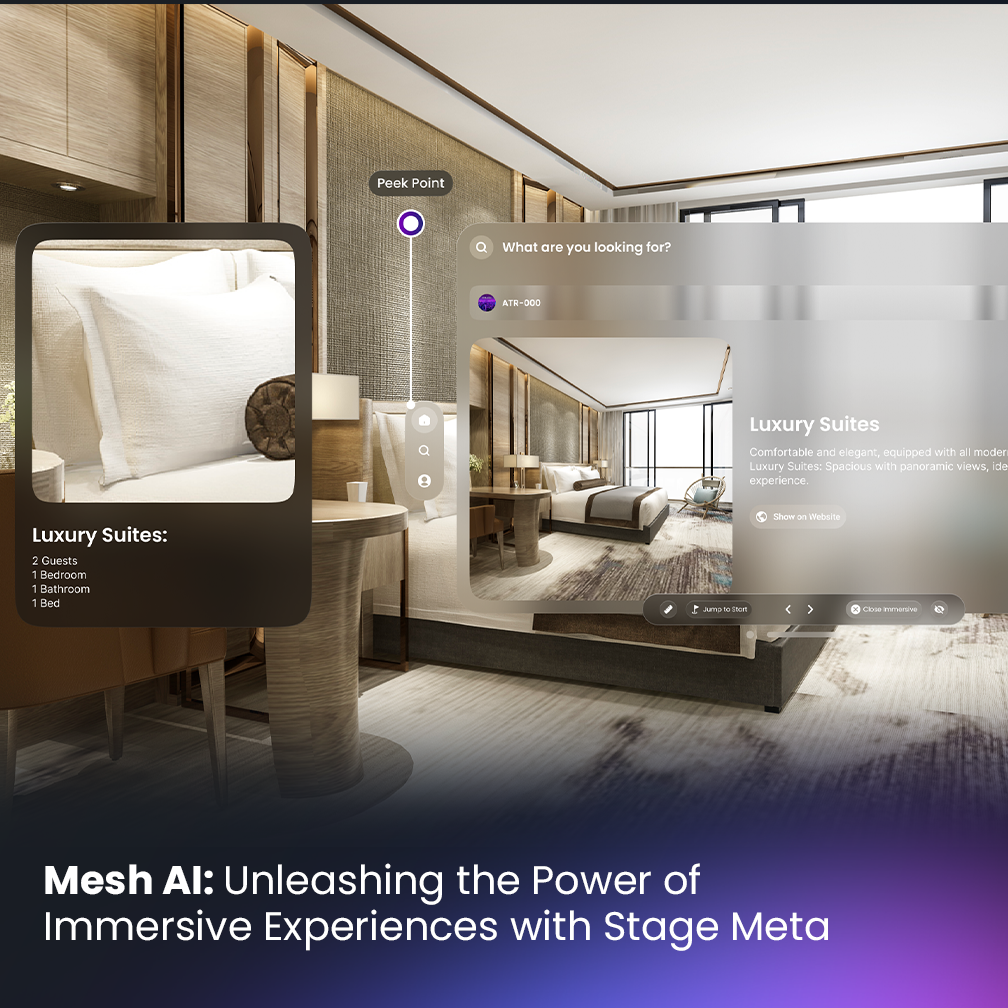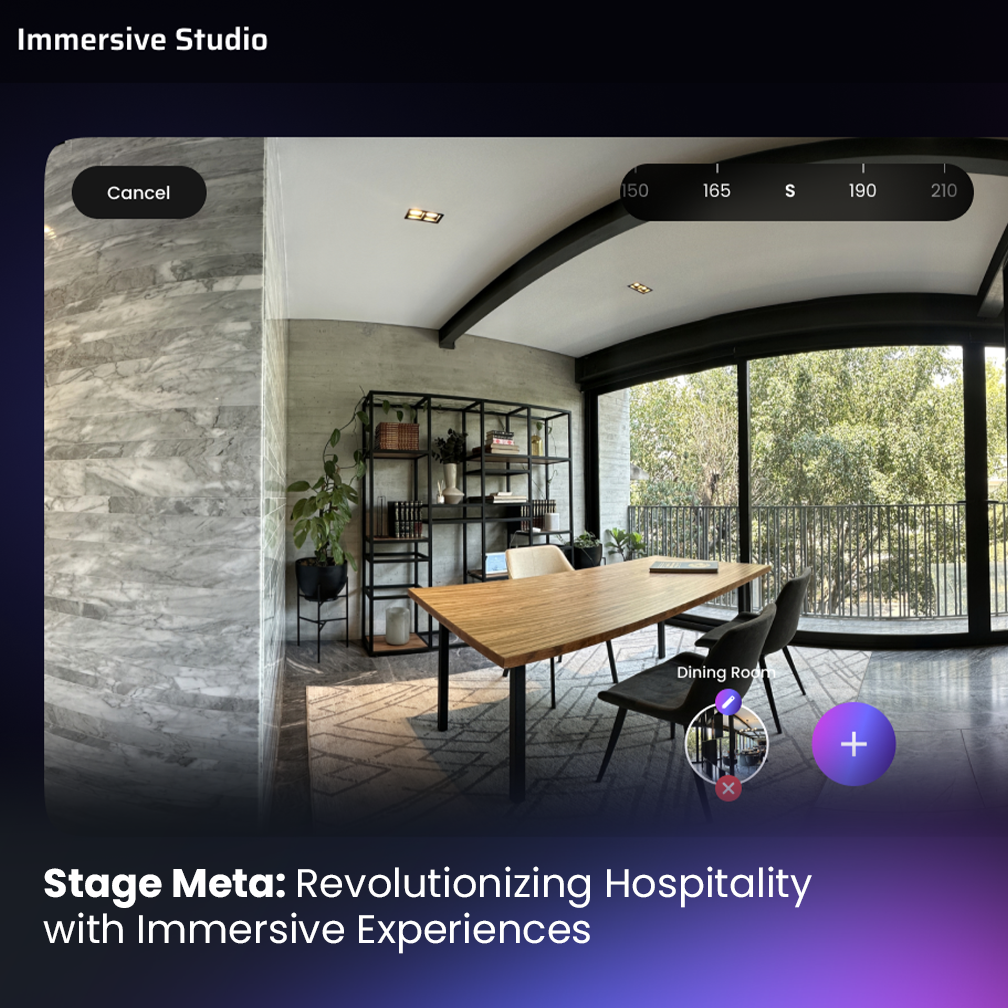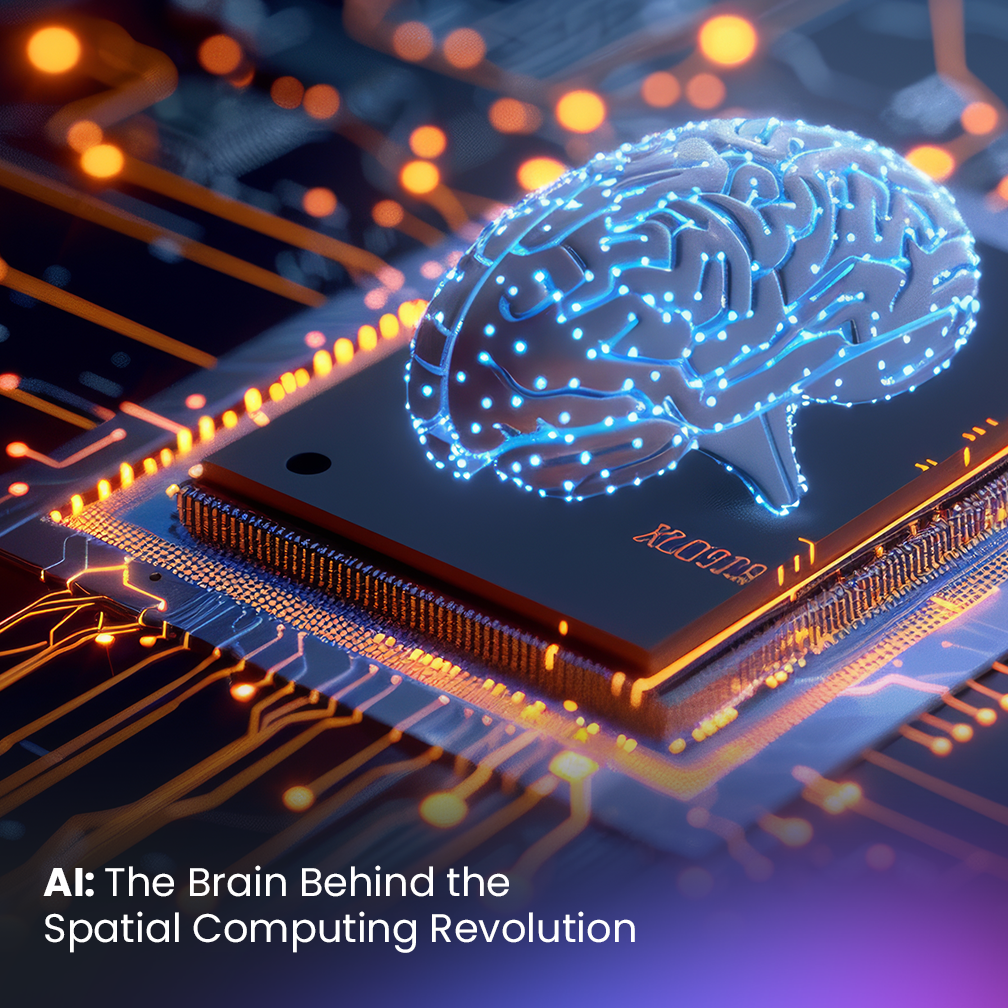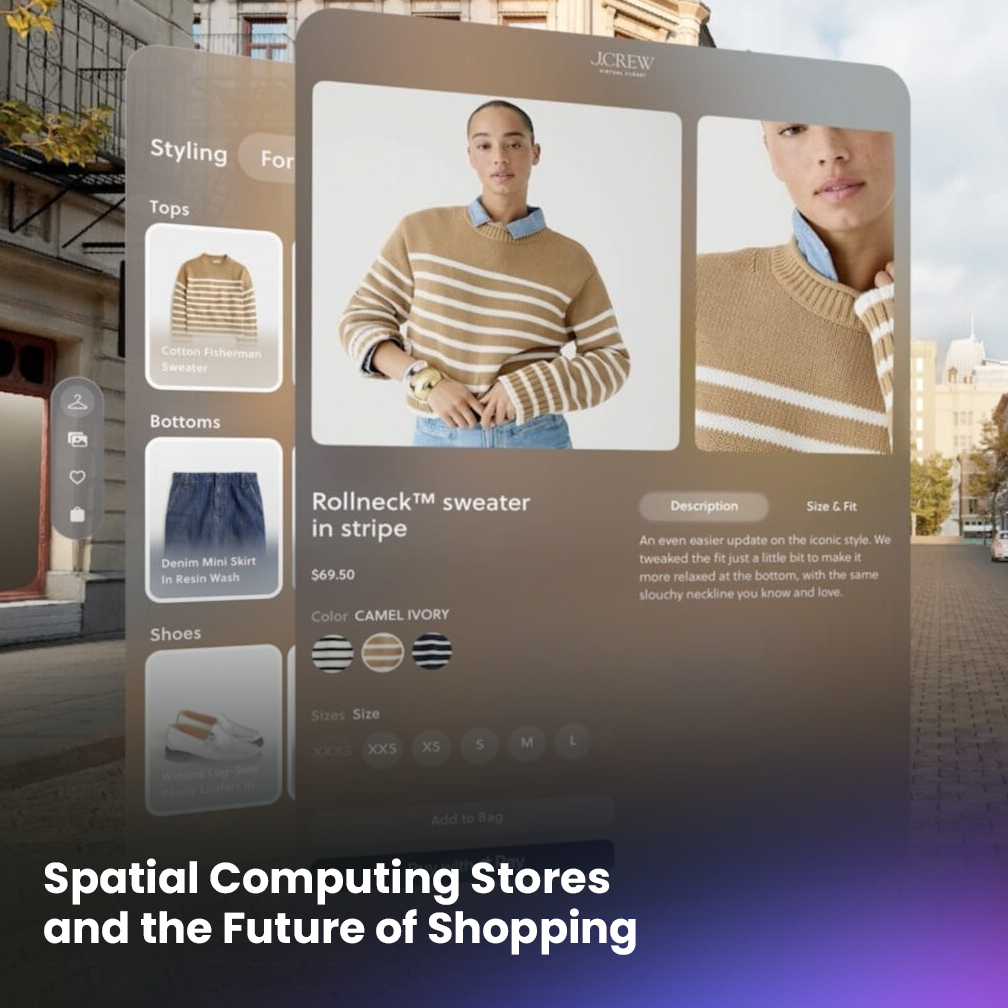
Estimated reading time: 5 minutes
Shopping is changing. Retailers are no longer confined to physical stores and can create spatial computing stores that offer a virtual shopping experience. In this blog post, we’ll explore how these stores will work and how they could revolutionize online retail.
We’ll delve into how spatial computing stores will use advanced technologies such as virtual reality (VR), augmented reality (AR), and artificial intelligence (AI) to create an immersive shopping environment. We will see how these stores will be connected with real-world stores to offer customers exclusive discounts and product demonstrations. Finally, we’ll discuss how they will act as a platform for retailers to showcase their products in an engaging way.
Spatial computing stores will combine the best of both online and offline retail experiences. This means they will offer customers a virtual shopping experience similar to those found in physical stores, but with the convenience of being able to shop from anywhere around the world. Customers will be able to interact with spatial computing stores by engaging with avatars, browsing interactive shelves, and more.
Spatial computing stores will also be connected to real-world stores, allowing customers to make purchases that will affect the inventory at a physical store. This connection between virtual and physical stores can enable the latter to offer customers unique experiences such as exclusive discounts or augmented product demonstrations.
At the same time, spatial computing stores will also act as platforms for companies to showcase their products in an engaging way. Virtual store owners will be able to create interactive displays that feature product videos, 3D models, and customer reviews. They can also leverage AI-based technologies to personalize the shopping experience for each customer.
Table of contents
Technologies Used in Spatial Computing Stores
Advanced technologies such as virtual reality (VR), augmented reality (AR), and artificial intelligence (AI) will power up spatial computing stores.
VR will create an immersive environment where customers can move around the spatial computing store, pick up products, and access content such as product videos. This technology also has the potential to enable virtual stores to offer exclusive experiences such as virtual tours of real-world locations.
Spatial computing stores can make products appear more realistic to customers with Augmented Reality. For example, AR could allow customers to actually see how a piece of clothing would look on them or view a product from different angles.
AI will enable virtual stores to offer personalized shopping experiences for customers as well as provide helpful recommendations based on previous purchases. It will also allow spatial computing store owners to monitor and analyze customer behavior in order to optimize their experience.
Connecting the Physical and Virtual Worlds through Spatial Computing Stores
Spatial computing stores will be connected with real-world stores to offer customers exclusive discounts and product demonstrations. By merging the physical and virtual worlds, spatial computing store customers could access exclusive deals from real-world retailers and have the opportunity to try out products before purchasing them.
In addition, virtual stores could provide customers with a unique shopping experience by allowing them to interact with real-world stores within their virtual store. For instance, store owners could display virtual versions of their physical store locations that enable customers to browse products or view product demonstrations conducted by store personnel.
Showcasing Products on Spatial Computing Stores
Store owners can showcase their products in an interactive and engaging way using spatial computing stores.
By leveraging virtual reality (VR) and augmented reality (AR), virtual store owners could create dynamic product displays that allow customers to interact with products from different angles.
In addition, they can personalize spatial computing shopping experience by utilizing artificial intelligence (AI). AI can provide helpful product recommendations for customers based on previous purchases or monitor customer behavior in order to optimize the spatial computing store experience.
Overall, spatial computing stores offer retailers a platform to engage customers with their products in an immersive and interactive way. By connecting physical and virtual worlds, spatial computing store owners can provide customers with exclusive discounts and product demonstrations, as well as create dynamic virtual product displays that can help customers make more informed purchase decisions.
Spatial computing stores will revolutionize the way shoppers experience online retail by leveraging advanced technologies such as VR, AR, and AI. The future of spatial computing stores is bright and it’s an exciting time to be part of this rapidly evolving industry.
Conclusion
Spatial computing is an emerging technology that has the potential to revolutionize the way we shop online. By utilizing advanced technologies such as virtual reality (VR), augmented reality (AR), and artificial intelligence (AI), store owners can engage their customers in unique ways through interactive product displays, exclusive discounts, and product demonstrations. Spatial computing is projected to be an integral part of the future of online retail and it’s an exciting time to be a part of this rapidly evolving industry.
As spatial computing store owners continue to innovate their products and services, they will bring customers closer together while increasing their access to goods and products that could never have been obtained before. Spatial computing is an emerging technology that has the potential to revolutionize how we shop online and it is an exciting industry to be a part of and it’s one that will continue to evolve in the near future.

